- Category
- Life in Ukraine
Celebrating Kyiv’s Ancient Spirit of Resilience, Creativity and Community
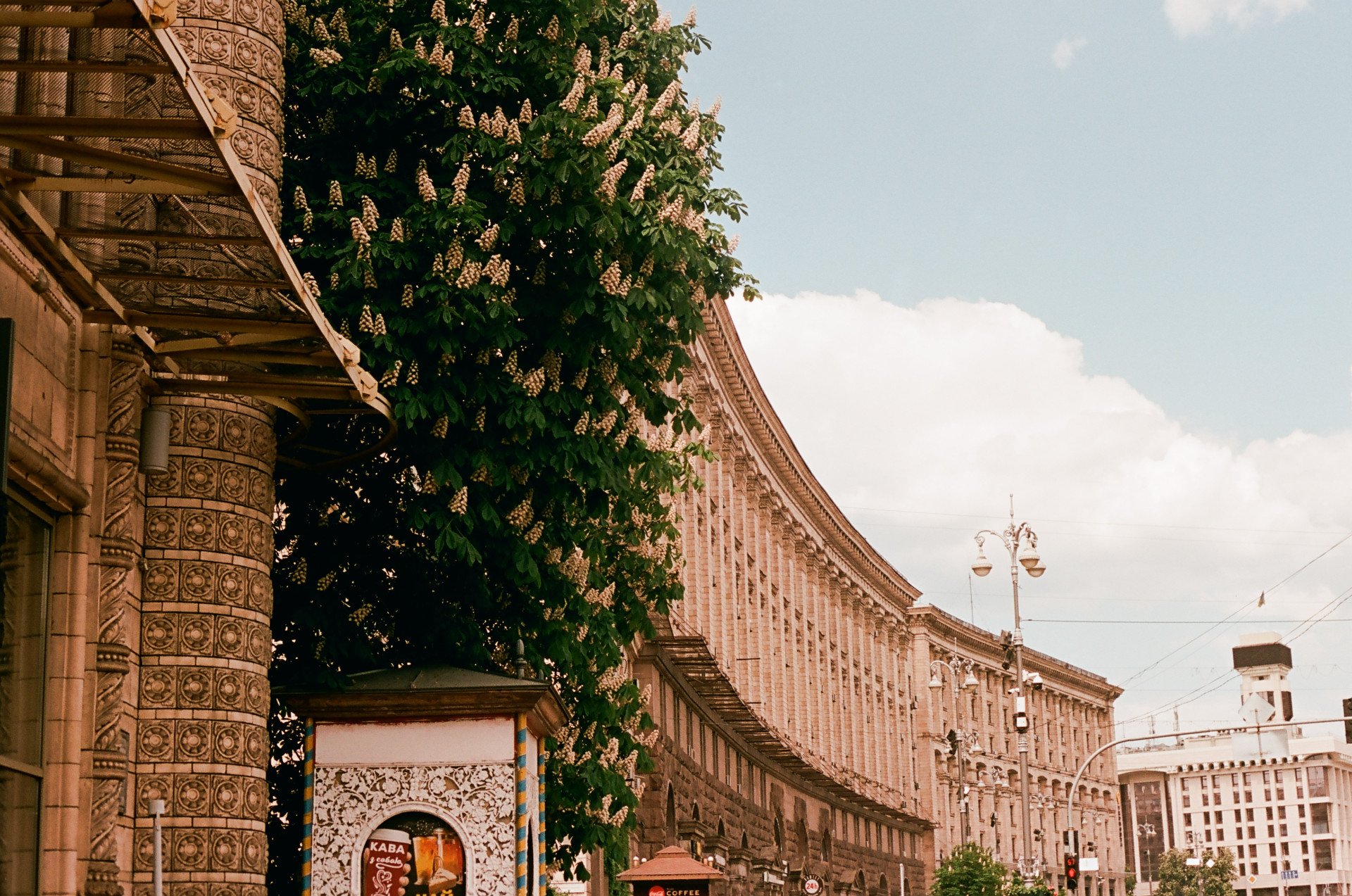
May 26th is Kyiv Day, and the city celebrates its 1542nd birthday. As it endures full-scale war, Ukraine’s capital serves as a connection point for all those within Ukraine and outside of it.
As one of the oldest cities in Europe, Kyiv has seen itself cycle through many empires. Now, it’s viewed across the globe as a symbol of resistance—to a looming authoritarian regime that threatens the rest of the continent.
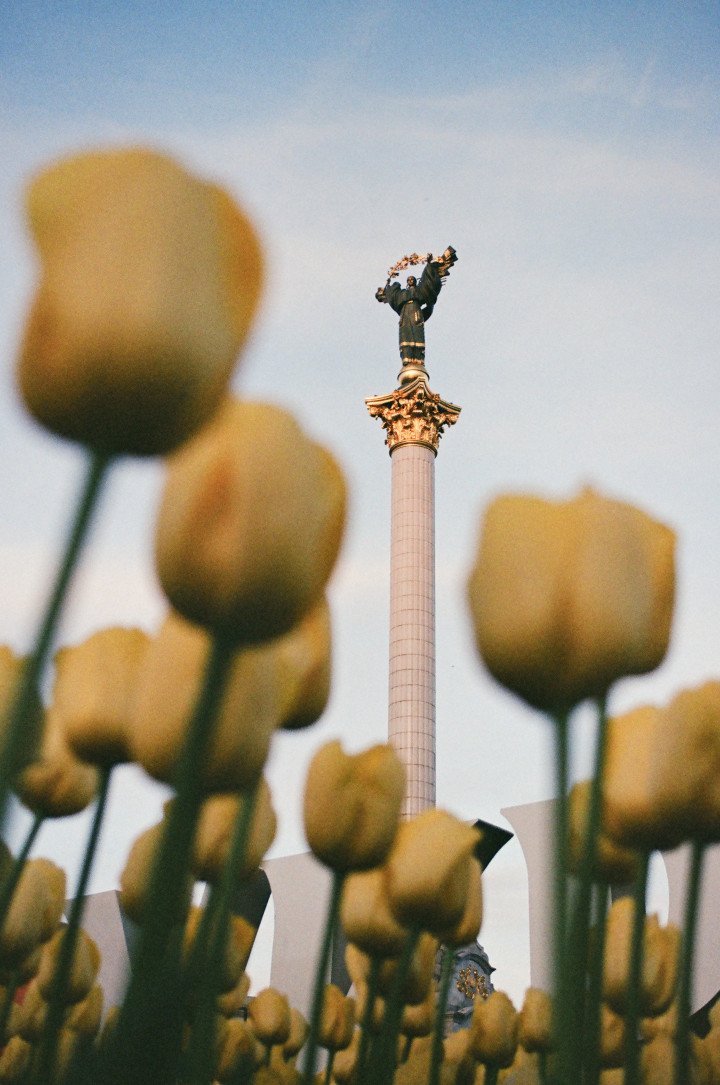
I should profess my bias. I have been living in Kyiv for five years now. As the child of two Ukrainian immigrants to the United States, I had only known of my family’s country of origin anecdotally. Not until I was an adult did I finally come to Kyiv, and later build my life and career here. Now I write this story in the place I’ve built for myself, in the city I’m proud to call my home.
Thankfully I was able to see the country in peacetime and see Kyiv’s true potential as a major European capital. Still true under today’s circumstances, the city has endured almost three years of full-scale war and steadily maintains its course for a transition into the European Union. Inside the city, there's much to find out, and those who have ever made the trip out east begin to see why it was worthwhile.
An ancient city
Ukraine’s capital was once a settlement founded by four siblings: brothers Kyi, Shchek, Khoryv, and their sister Lybid—named after the oldest brother Kyi(v). Its history spans way before the days of the Russian Empire and the Soviet Union, the city itself is 665 years older than Moscow. It has cycled through many epochs and empires like the Kyivan Rus, Mongolians, Polish-Lithuanian commonwealth, and the Cossack Hetmanate—which most Ukrainians closely identify with.
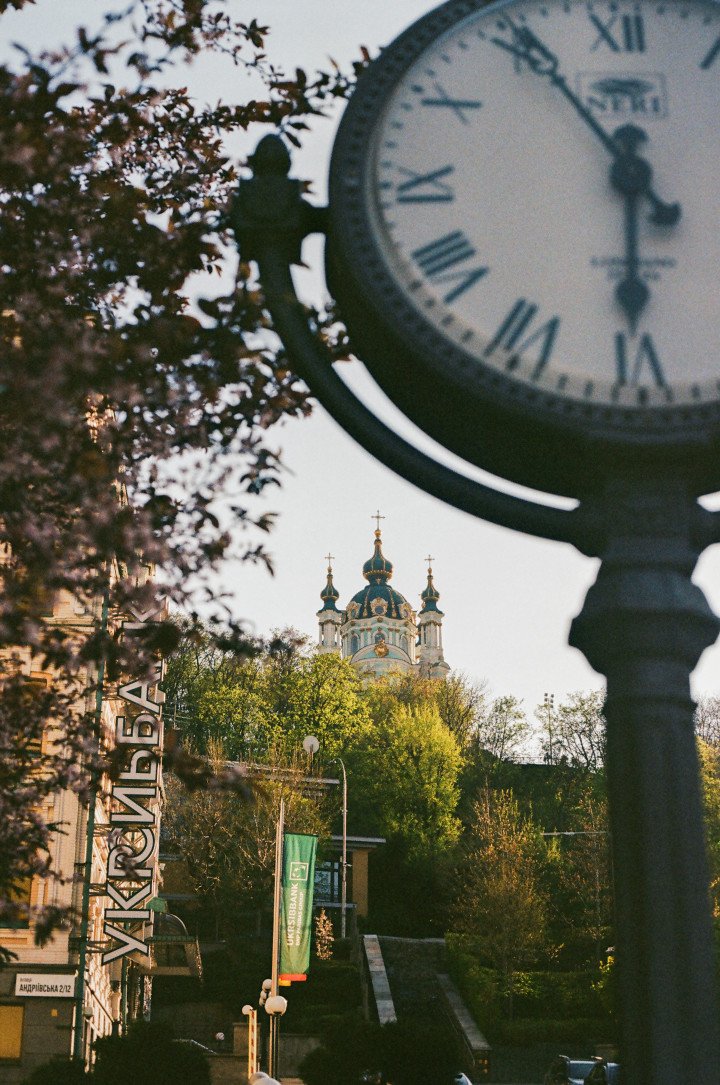
The city is split by the Dnipro River, which flows through all of Ukraine. The mighty river connects the Baltic Sea to the Black Sea—which is why many empires saw the city's importance in early trade. Those who took tariffs found immense wealth and control.
Saint Sophia
One great example of the city’s history is the Saint Sophia Cathedral, a UNESCO heritage site. It was built in the 11th century during the reign of Yaroslav the Wise, the Grand Prince of Kyiv. The cathedral was constructed to honor the Hagia Sophia in Constantinople and serves as a symbol of the Kyivan Rus's conversion to Christianity.
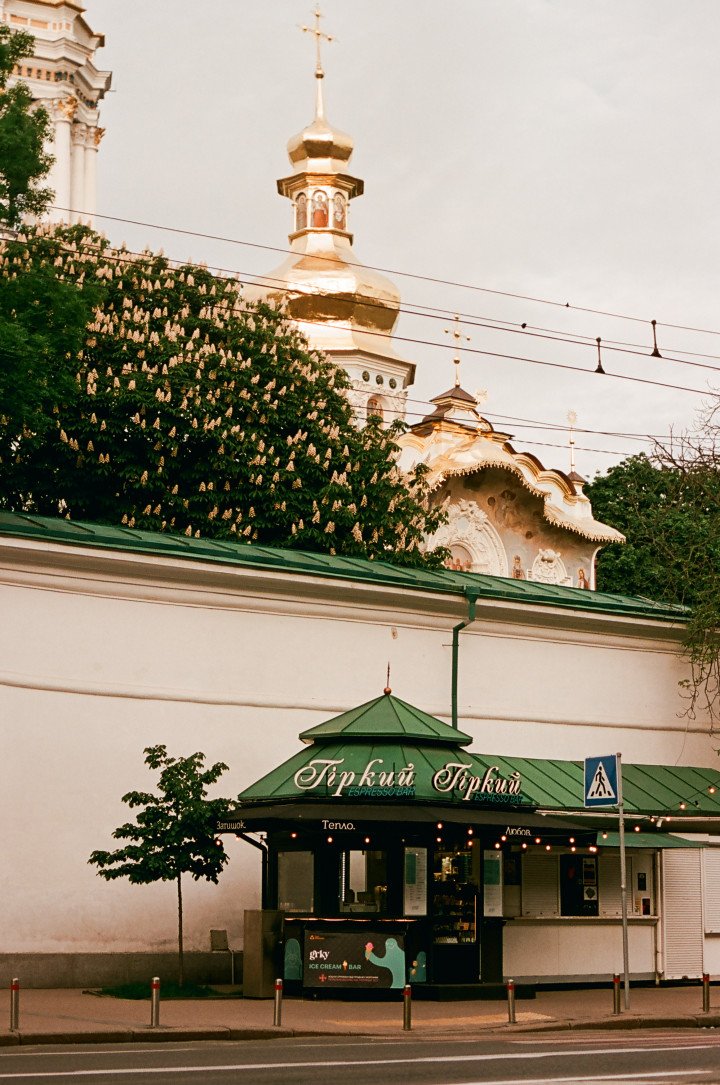
Throughout its history, Saint Sophia Cathedral has experienced a number of invasions, fires, and regime changes. It survived the Mongol invasion of 1240, the Russian Empire took over, the Soviets tried to decommission it, and then there were the Nazis during World War Two as well. But still, Sophia remains standing in its current revivalist form on the same territory
Modern Look
People in Kyiv love their independence, which they have fought for time and time again on its central square during many revolutions. From the Revolution on Granite to the Orange Revolution to the Revolution of Dignity, Maidan has seen it all. Many worldwide may feel this sentiment, but for Ukrainians, freedom has always been something to fight for. Due to an unfortunate proximity to Russia, Ukraine’s right to an independent future has always been challenged. Today is a perfect example of just that.
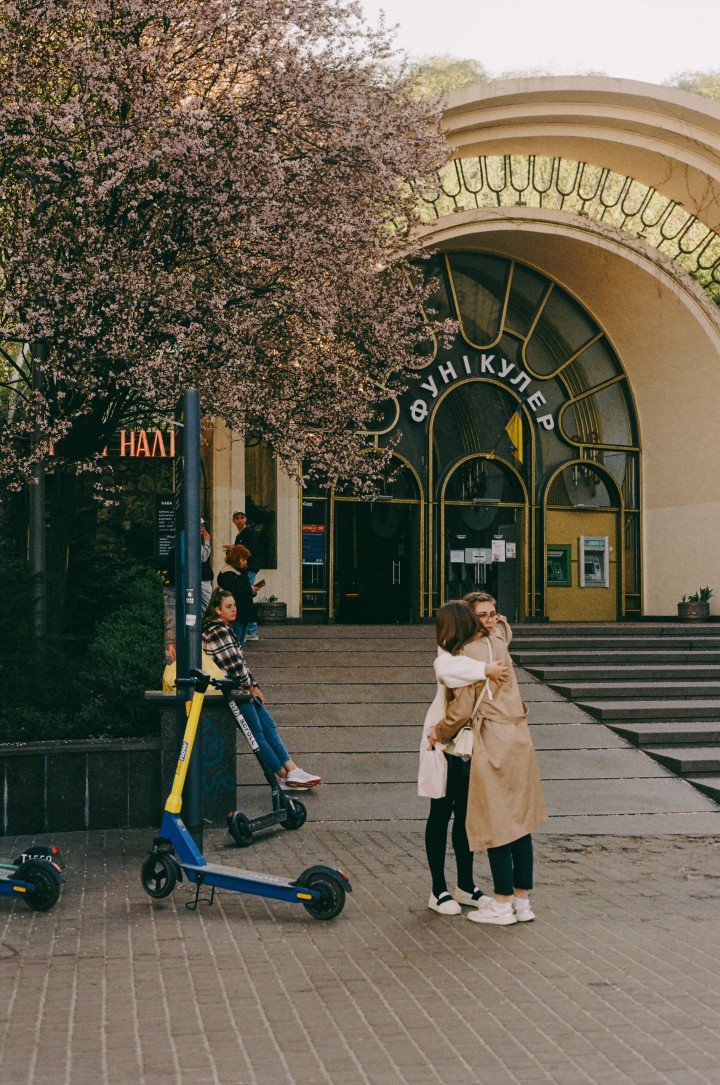
Kyiv is a diverse city, and over the last 33 years of its independence, it has made significant strides in its appeal to the West. Architecturally, you can see the timeline of progress laid out in real-time, as the city boasts a unique, eclectic style of pre-revolution, Soviet, and modernist buildings—all of which could be standing right next to each other.
The spirit of the city
Cafe culture is incredibly prevalent in the city. Kyvians love their coffee and don't discriminate—coffee is not exclusive to the enjoyer of muted tones and Scandinavian minimalism here. There is a novelty coffee shop for genuinely every single demographic. But it’s not just about coffee. People also love their bread and bakeries—like the iconic institutions of Yaroslava and Kyivska Perepichka. Fun fact: Ukrainians consume, on average, 88 kg of bread a year per capita. The French, who are famous for their bakeries, consume only 50 kg.
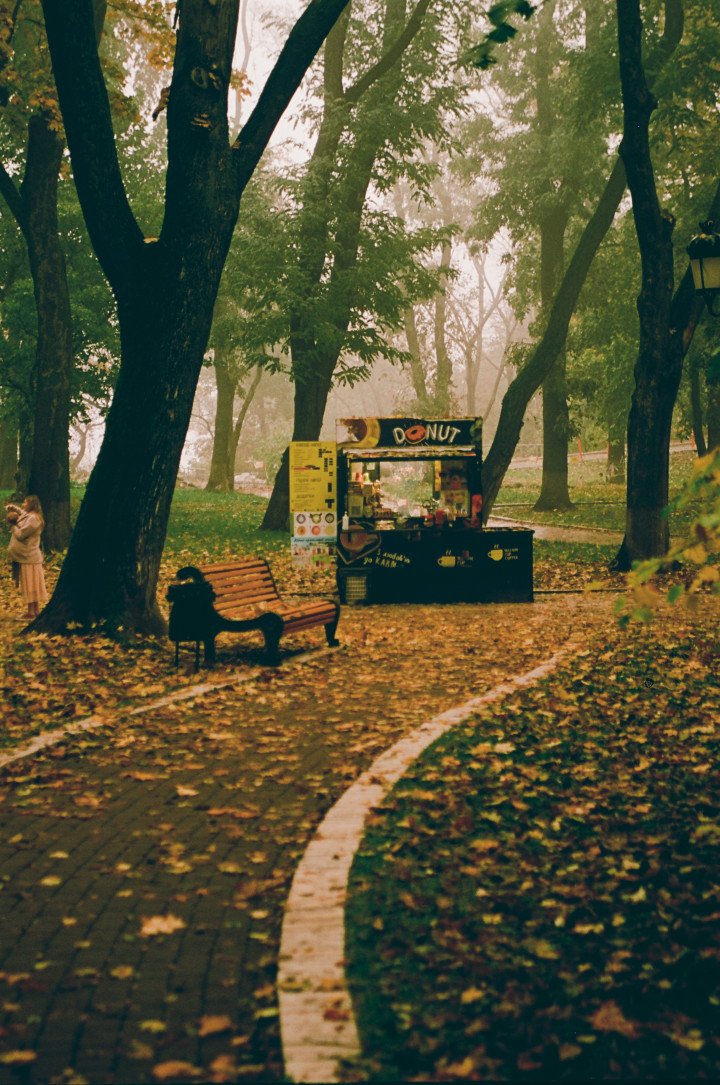
Volunteering
During peacetime, a community drew the attention of many across the world: the underground techno community and LGBTQ+ club scene. Kyiv was a prominent destination for electronic music fans worldwide. Currently, electronic music shows continue, but with a different purpose.
The community is deeply tied together with the Armed Forces of Ukraine, and many events aim to fundraise for defenders. There are also events aimed at rebuilding bombed-out houses and locations—to the music of some of Kyiv’s coolest techno DJs—in order to motivate and mobilize volunteers. These rebuilding events have today become a symbol of Kyiv and Ukraine's adaptability.
Much of the city now is focused on fundraising and organizing for various military and humanitarian initiatives. There is a lot to admire about the continued support. Living in a country at war is not easy, among many other things. But people in Kyiv continue to support their causes, however they can. They also tirelessly advocate for their nation in the public discourse.
Center Stage
Though not directly on the frontline, the city remains the nation's beating heart. Never has there been a time like this in Ukraine, when the world's attention was so focused on Ukraine. Many of the world's biggest names and leaders have come through to the nation’s capital to pledge their support and pay respects to the victims of Russia’s invasion.
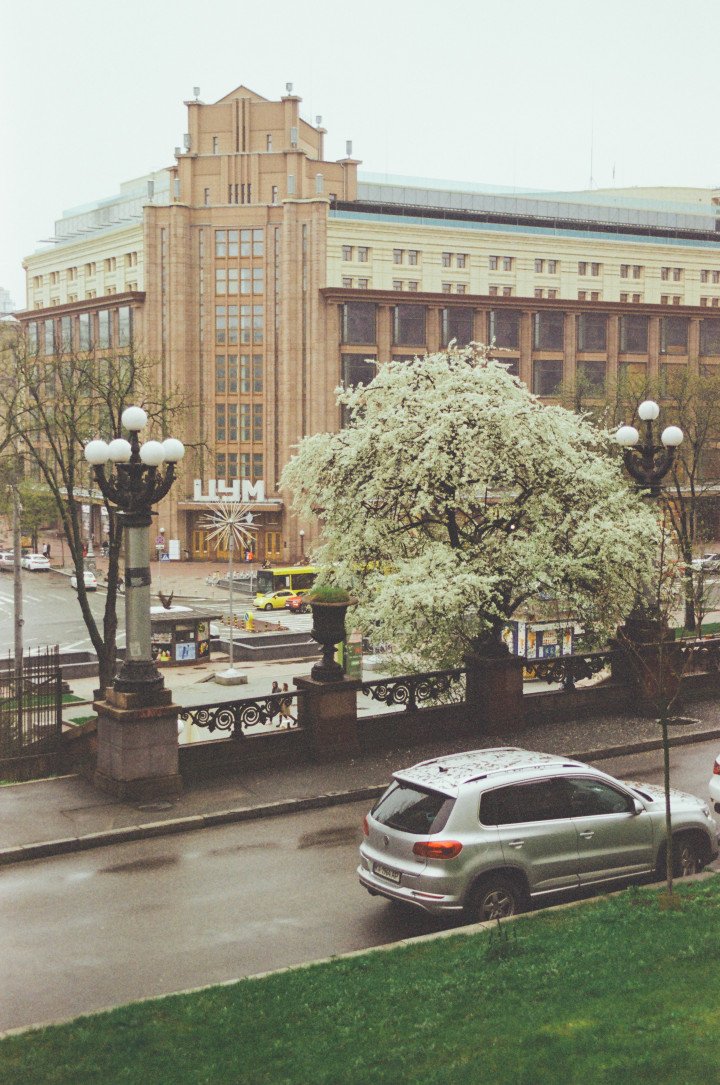
Many great people, whose stories may never be shared across the world are canonized here. The memory of every great soldier who lost their lives fighting in the ten-year war with Russia is commemorated in Kyiv. The first responders, workers of crucial industries, and civilians all come together in times of suffering—hard times creating heroes out of anyone.
With so much depending on this war, Kyiv has no choice but to stay focused—for as long as it takes. Right now, the city is an example of resilience, showing many other cities in the West that enjoy the freedom of democracy that there is a real price to pay for what is being taken for granted, especially when you represent the one nation standing between tyranny and freedom.

-b63fc610dd4af1b737643522d6baf184.jpg)

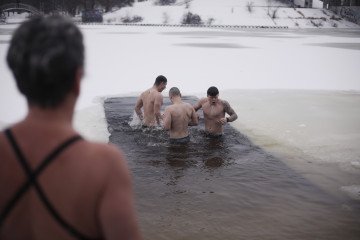
-554f0711f15a880af68b2550a739eee4.jpg)
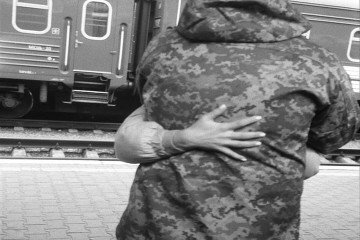
-ba02b3bc86f0b624f99115809a6a34d0.jpg)
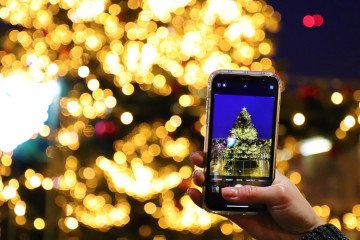
-73e9c0fd8873a094288a7552f3ac2ab4.jpg)